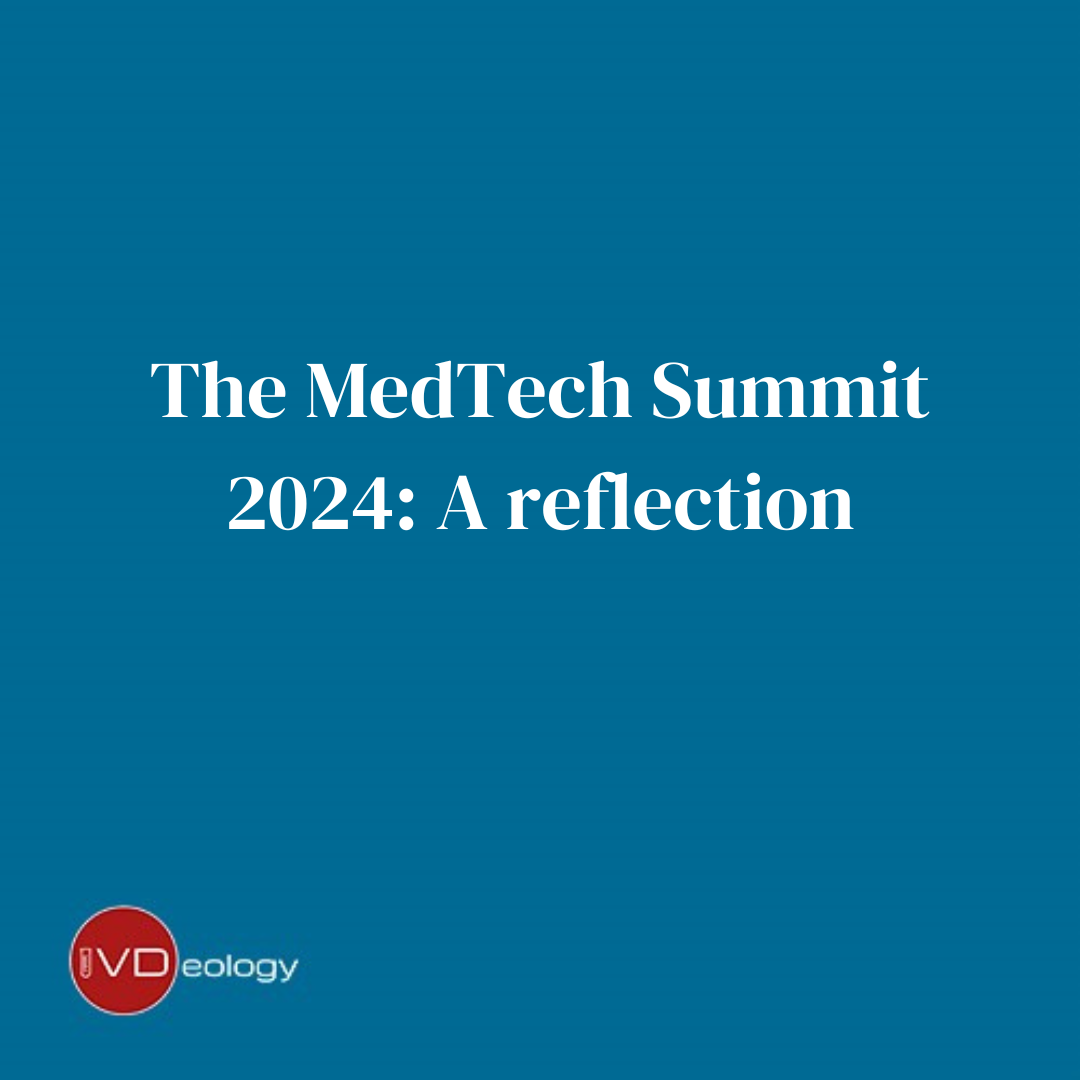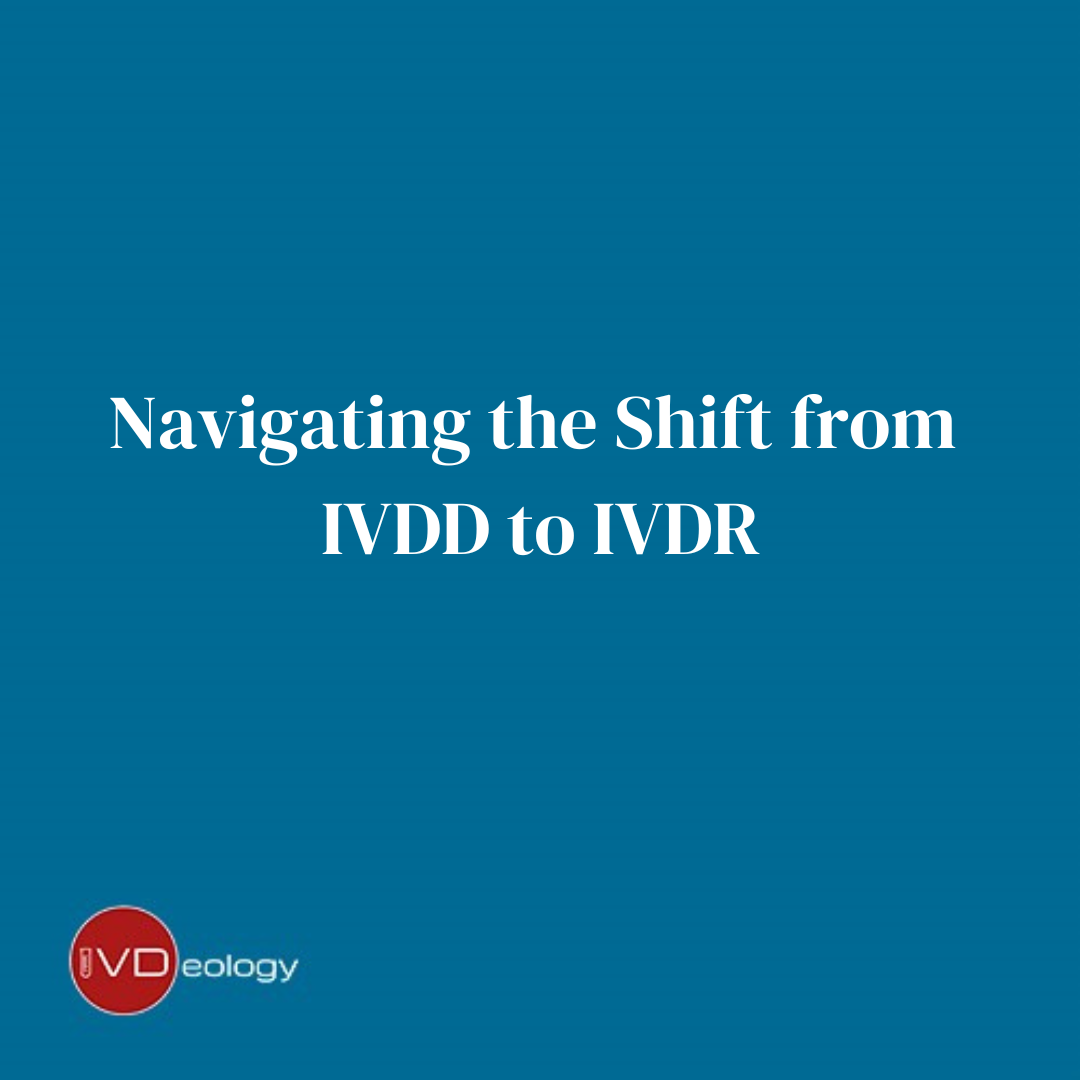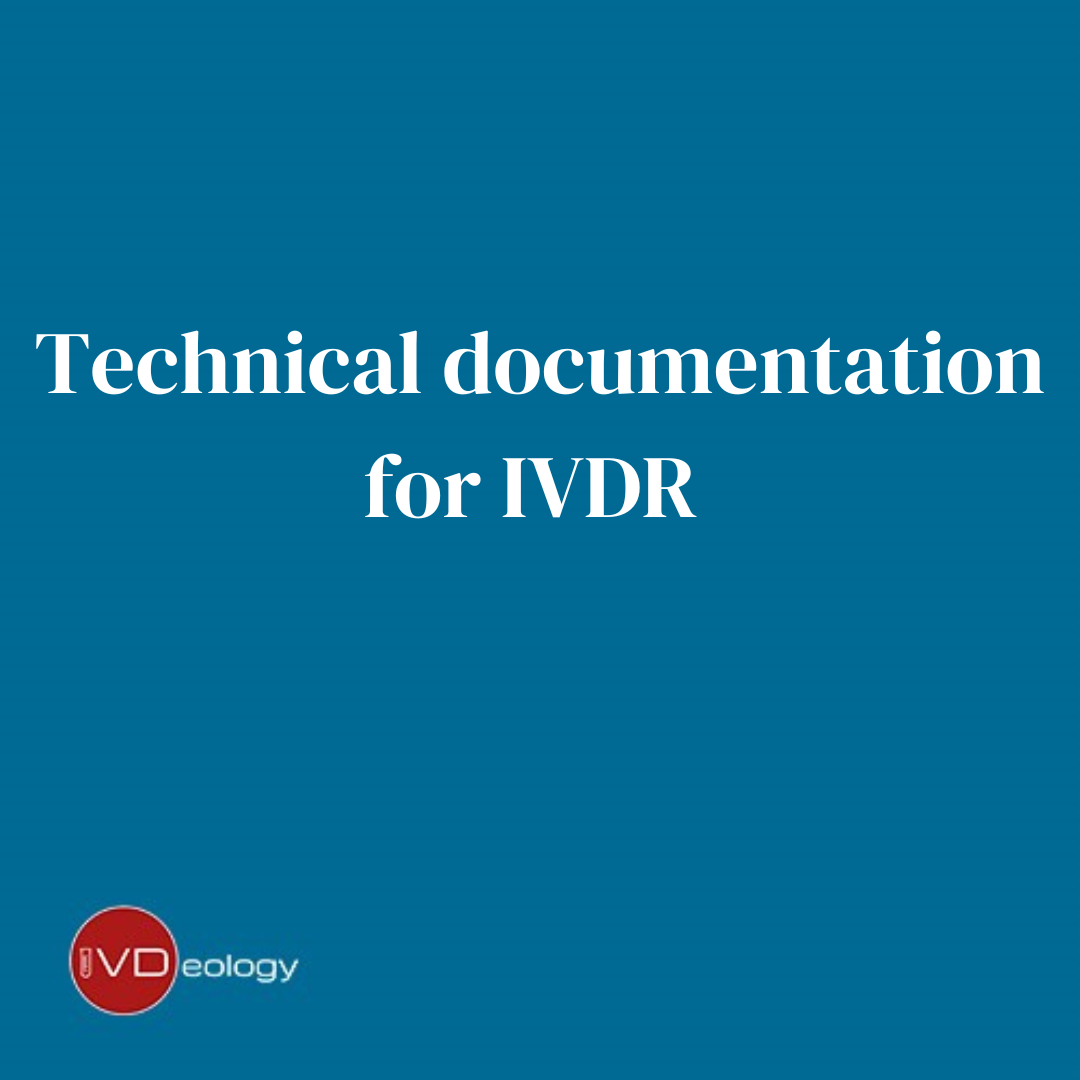
The IVDR journey is a long and difficult path but look how far we have come. Stuart Angell, Managing Director and co-founder of IVDeology attended this years 2024 MedTech Summit in Brussels and shares his thoughts below on the event as it happened.
I was lucky enough to attend the annual MedTech Summit in Brussels this week. I have now attended this event either in-person or virtually since 2019 and the event continues to provide enormous value to regulatory professionals in the medical device and IVD sector.
I was asked to chair the in vitro diagnostic medical device (IVD) track on day 2, including presenting on the regulation of IVDs in the United Kingdom; and I also listened intently to great presentations on the current US (FDA) and European (IVD Regulation (IVDR)) regulatory landscape. Suffice to say there is a great deal of positive change and complexity; and it was great to get a refresher on the current state of play!
Here are my overall thoughts on the event.
1) The UK remains a key market of interest
Much of my focus this year has been on the regulation of IVDs in the UK, including the utilisation of international recognition, and the domestic under UKCA marking. I remain a strong advocate of the benefits of UK market access, and the potential for the UK being a world leader in the regulation of IVDs and medical devices. The UK medical device market is worth over €17 billion per annum and potentially offers a route to early adoption of new IVD technology; and it was encouraging to hear the overwhelming support and interest in the UK. The International Recognition is generally considered a positive and progressive step, however, there continues to be uncertainty in the domestic UKCA mark, and its role in global recognition.
2) The US offers a higher degree of certainty; IVDR remains in transition but will come good
This year had much more focus on US Regulation, and with good reason! While the IVDR continues to be implemented, the US is now considered a stable and predictable choice for market access. However, the US 510(k), De Novo and PMA routes should never be seen as an easy route to market. It still requires a great deal of effort to effectively achieve compliance.
For the last few years, l have been highlighting the challenges of IVDR, and the ongoing infrastructural issues that is making the uplift to IVD Regulation from IVD Directive so challenging. While many questions remain, I am taking this opportunity to reflect on the progress that has been made. Ask yourself: “what do I know now about IVDR than I did 12 months ago?” – The chances are quite a lot! So as an industry, we are all heading in the right direction albeit with many miles still to go.
3) We should all encourage and support structured dialogue
One of the challenges with the IVDR is the inability for Notified Bodies to offer advice and consultation. This has cut off access to technical experts who may have been utilised to provide essential feedback on how to compile and construct technical documentation and performance studies. Developing a structured process for engaging with Notified Bodies, offers a chance for early dialogue on how to successfully achieve compliance. This is especially important for SMEs, or novel devices where the route to compliance is less well understood. Similar models have been employed as part of the US FDA Pre-submission process, and more recently, the UK MHRA IDAP Pilot.
Building this into the IVDR process would allow greater clarity to the industry, making IVDR more understood and ultimately lead to a higher chance of success.
In recent years (and I am guilty of this), we have pointed the finger at what is wrong with IVDR be it lack of guidance from the commission, resources from the Notified Body, or the inactivity of Manufacturers. And yes, some challenges remain, but what I am noticing this year is the desire to bring all stakeholders together to understand areas of weakness and opportunities for improvement which we can all learn from.
One key takeaway for me is the challenges of dealing with the regulatory complexity. This is a challenge for the largest multinationals dealing with a variety of products at different stages of their lifecycle; but also, for SMEs looking to launch one or two products; and considering which markets; and whether to manage the process internally or outsource. Certainly, managing the regulatory process, including post-market surveillance, has become more complex under IVDR; and outsourcing this has got to be a serious consideration; the positive is that these requirements are increasingly aligned across the UK, EU and the USA.
Overall, we all have a part to play in ensuring new innovative products get to market in the UK, Europe and the US; and improving health outcomes. Whilst the recent years have been challenging there is light at the end of the tunnel which should being to offer more certainly and more alignment of regulatory requirements across these jurisdictions which should be a real positive development. So, while the road remains long and challenging, why not take a moment to look back and see how far we have come.
IVDeology’s team has over 30 years’ experience supporting customers on quality assurance and regulatory compliance within the medical device and IVD market. IVDeology’s services include supporting customers on regulatory filings in a range of territories including EU CE-marking (IVDR), USA (FDA), UK (UKCA) and other jurisdictions, including technical file build, regulatory submissions, regulatory gap analysis, analytical and clinical performance evaluation.
Stuart Angell, Managing Director, IVDeology
We also provide a range of quality assurance services including quality management system (QMS) build, QMS audit and full outsourcing or remote management of QMS systems. We also can be your UK or EU Responsible person. If you would like to discuss any specific requirements, please contact IVDeology’s highly experienced team or click here.




